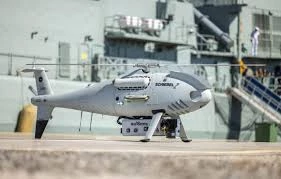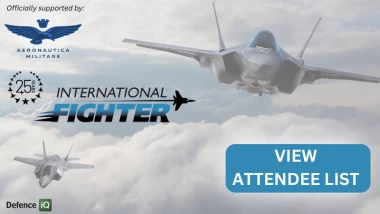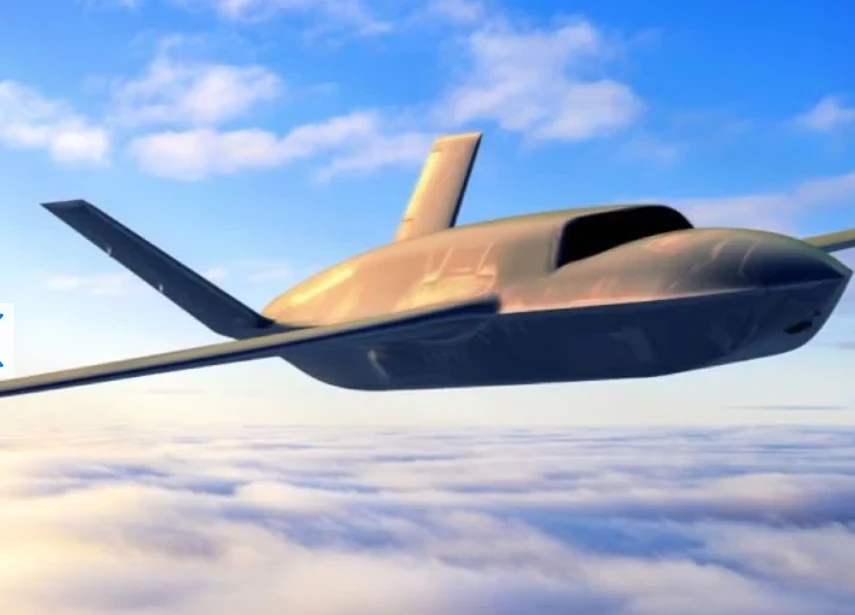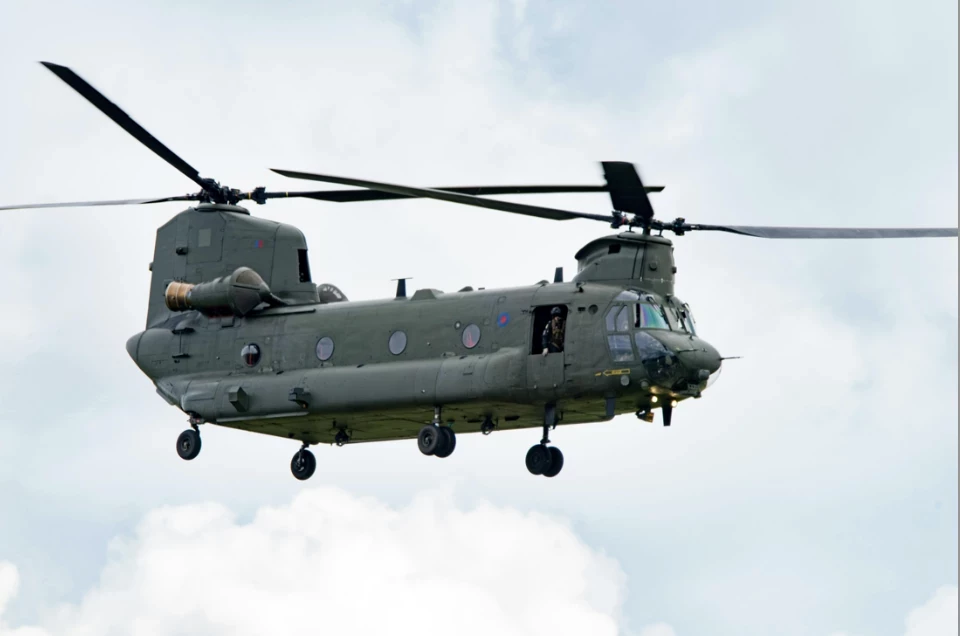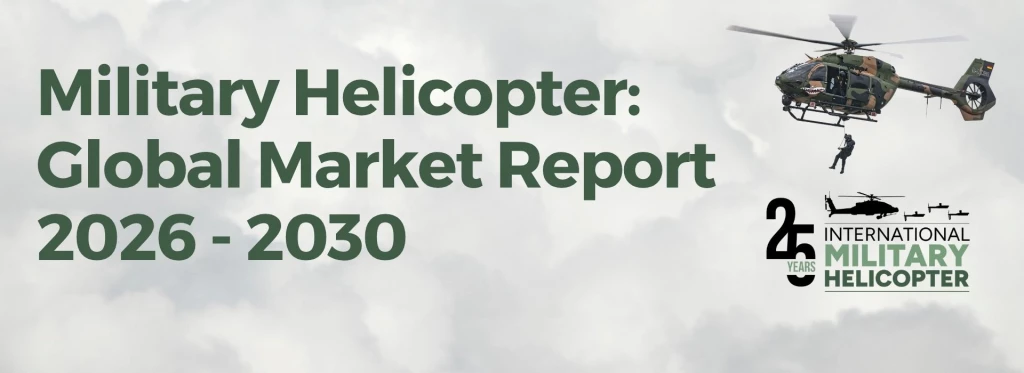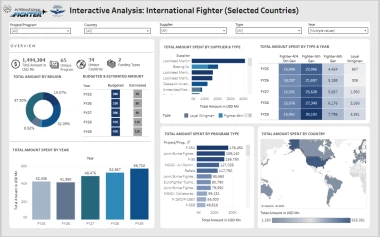Innovation & Enterprise Transformation in Defence – An Air Force Perspective
Add bookmark
The increasing pace and breadth of change, particularly in technological terms, present an increasing range of challenges for western Air Forces. A resurgent strategic focus on near peer competitors and larger scale, high tempo operations represent a significant shift from enduring operations in Afghanistan and more recently against ISIL in the Middle East. These saw Coalition access to Air and Space largely unconstrained, with surface forces operating under minimal threat of attack from the air.
- Find out ore about Defence iQ's biggest aerospace conferences taking place later this year, Military Flight Training and International Fighter
However, our potential adversaries have continued to invest in and rapidly field new war-fighting capabilities, including cyber and electronic warfare, advanced surface-based air defence systems, anti-satellite directed energy weapons and long-range attack capabilities using hypersonic and ballistic missiles. Many were designed to exploit western vulnerabilities and contest our long-held technological dominance in the Air and in Space, based on a strategy to deny us access to these domains[1] and force our platforms to operate at greater range, or risk.
Innovation in Defence Concepts
In response to the changing strategic environment, government initiatives in many western nations are seeking more innovative thinking to transform the Defence enterprise, with particular emphasis on more reactive procurement to exploit new technologies. This aligns with growing acceptance that a military contribution to countering near-peer adversaries demands simultaneous action in and across all operating domains.
Given their primacy in Air and Space domain operations – and arguably in Cyberspace – Air Forces are at the forefront of this evolving multi-domain thinking. The United States Air Force is investing heavily in this area and the Royal Air Force’s re-establishment of 11 Group to lead its multi-domain efforts forms part of the Innovation pillar in its latest Strategy.
Doctrinal adoption of Command and Control as a core Air Power role is influencing this work, recognising that capabilities and processes inherent in its delivery are vital to effective orchestration of Air, Space and Cyber effects. Potent Air Command and Control infrastructure incorporating App-based systems, big data and Artificial Intelligence are already under consideration. However, evolution must ensure coherence with similar aspirations within NATO and other potential coalition partners, and with other component and joint headquarters.
Innovation in Procurement and Sustainment
More importantly, future Air and Space Power must deliver credible and survivable war-fighting capabilities offering assured, all-domain access if we are to contest our potential opponents. New platforms now entering many western Air Force inventories offer mitigation against some already fielded near-peer threats. Nevertheless, many have taken over 20 years to develop and will require continual upgrade during lengthy in-Service lives.
Potentially hostile systems, notably surface-based air defence systems, electronic warfare, cyber and anti-space capabilities are evolving more quickly. This imposes the risk that next generation combat air platforms and satellites (both military and commercial) now under consideration may not meet future challenges when they enter service in the 2035 - 2040 timeframe.
More innovative thought will be needed to address this and other significant challenges, including the rising cost per platform when set against additional requirements such as base protection – including for those in the UK and afloat – and provision of sufficient weapons stocks to sustain larger scale operations.
A Holistic Conceptual Approach to Developing Multi-Domain Operations
Delivering future Air and Space Power in a multi-domain context will arguably demand avoidance of a platform-centric approach to future capability requirements and adoption of a more holistic conceptual approach. Under wider Defence transformation and its recently announced Project ASTRA, Royal Air Force innovation efforts are supporting a more strategically focussed and intellectually-driven Conceptual Pillar to define the Next Generation Air Force and future capabilities required to deliver multi-domain operations.
This will require a realistic appraisal of current vulnerabilities and dependencies, better understanding of future technology trends and joint experimentation, with futures horizons de-clutched from current lengthy procurement timescales. It could also usefully underpin the associated need for cultural adaption to incentivise the Services to take a more altruistic and collegiate approach to future requirements.
Collaborative development of an agreed, joint Integrated Operating Concept encompassing all operating domains that is more than PowerPoint deep will be a vital foundation for transformation of associated critical enterprise functions, including procurement processes, the defence industrial base and military recruitment and training.
Committing scarce Air Force personnel to resource more effective conceptual thinking will require difficult choices, but innovation itself in this area could seek to exploit alternative intellectual capacity. This includes academia, external think tanks and even – as in the U.S. – the retired Service personnel community; some companies already offer innovative models to deliver such support.
In a fiscally constrained environment it may be our intellectual capacity rather than resources that will be critical to fielding new capabilities to counter emerging threats and avoiding what our American colleagues describe as ‘shooting behind the duck’
[1] Including Anti-Access/Area Denial (A2/AD) environments.













